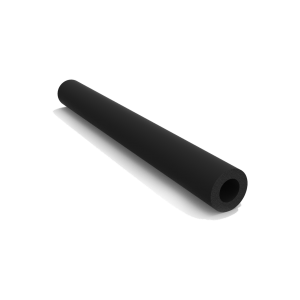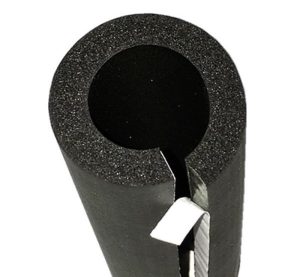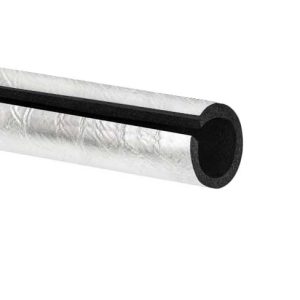Pipe Elastomeric Insulation: Applications and Comparisons
Introduction
Pipe elastomeric insulation is a flexible, closed-cell foam material designed to prevent energy loss, control condensation, and improve thermal efficiency in HVAC, refrigeration, and industrial piping systems. Its moisture-resistant properties and ease of installation make it a top choice for engineers and contractors.
In this guide, we’ll cover:
✔ Key benefits of elastomeric insulation
✔ Applications across industries
✔ Comparison tables vs. other insulation types
✔ Installation tips for maximum efficiency
What is Elastomeric Pipe Insulation?
Elastomeric insulation is a synthetic rubber or polyethylene foam with a closed-cell structure, offering:
-
Thermal resistance (R-values from 3.5 to 4.2 per inch).
-
Condensation control (ideal for chilled water pipes).
-
Flexibility for easy installation around bends and joints.
Common Types:
| Type | Material | Best For | Limitations |
|---|---|---|---|
| NBR | Nitrile Rubber | Oil/fuel-exposed pipes | Poor UV resistance |
| EPDM | Synthetic Rubber | Outdoor/UV-heavy areas | Higher cost |
| Polyethylene | Plastic Polymer | Cost-sensitive projects | Lower temp range |
Pipe insulation is mainly produced in the following types
Simple pipe insulation: It is mostly used in indoor environments and closed spaces. Low thermal conductivity, light weight and flexibility are the characteristics of this insulation.
Slotted pipe insulation:
Slotted insulation is used when piping has been installed and it is not possible to use pipe insulation. It is produced in two forms: slotted and glued slotted. In the glued slotted type, both edges of the seam are glued, which in addition to better adhesion of the insulation seam, eliminates the need to clean the edges. The glued edges make the installation easier and faster.
Coated pipe insulation:
These insulations are used in open, roofless environments. The aluminum coating increases the life of the insulation due to its high mechanical resistance to weathering and sunlight. Coated pipe insulation is produced in plain and slotted forms.
Elastomeric Insulation vs. Other Materials (Comparison Table)
Here’s how elastomeric stacks up against fiberglass, mineral wool, and foam glass:
| Feature | Elastomeric | Fiberglass | Mineral Wool | Foam Glass |
|---|---|---|---|---|
| Thermal Efficiency | High (R-3.5–4.2) | Moderate (R-2.2–4.0) | Moderate (R-3.0–3.3) | High (R-2.5–3.0) |
| Moisture Resistance | Excellent (closed-cell) | Poor (absorbs water) | Good (hydrophobic options) | Excellent |
| Installation Ease | Easy (flexible) | Difficult (itchy, requires vapor barrier) | Moderate (rigid) | Difficult (brittle) |
| Fire Resistance | Good (self-extinguishing) | Excellent (non-combustible) | Excellent | Excellent |
| Best For | HVAC, refrigeration | High-temp industrial | Fireproofing | Cryogenic/corrosive environments |
Applications of Elastomeric Insulation
-
HVAC Systems – Prevents energy loss in chilled/hot water pipes.
-
Refrigeration – Eliminates condensation in cold storage lines.
-
Industrial Pipes – Resists oils and chemicals in processing plants.
-
Solar Thermal – Protects outdoor solar water heating pipes.
Installation Tips
-
Use adhesive/tape on seams to prevent thermal bridging.
-
Avoid gaps – Even small air leaks reduce efficiency by 10–20%.
-
Outdoor? Pick UV-resistant EPDM or apply protective coating.
Conclusion
Elastomeric insulation outperforms alternatives in moisture resistance, ease of installation, and energy efficiency for HVAC/plumbing systems. Use the comparison table to pick the right material for your project!


